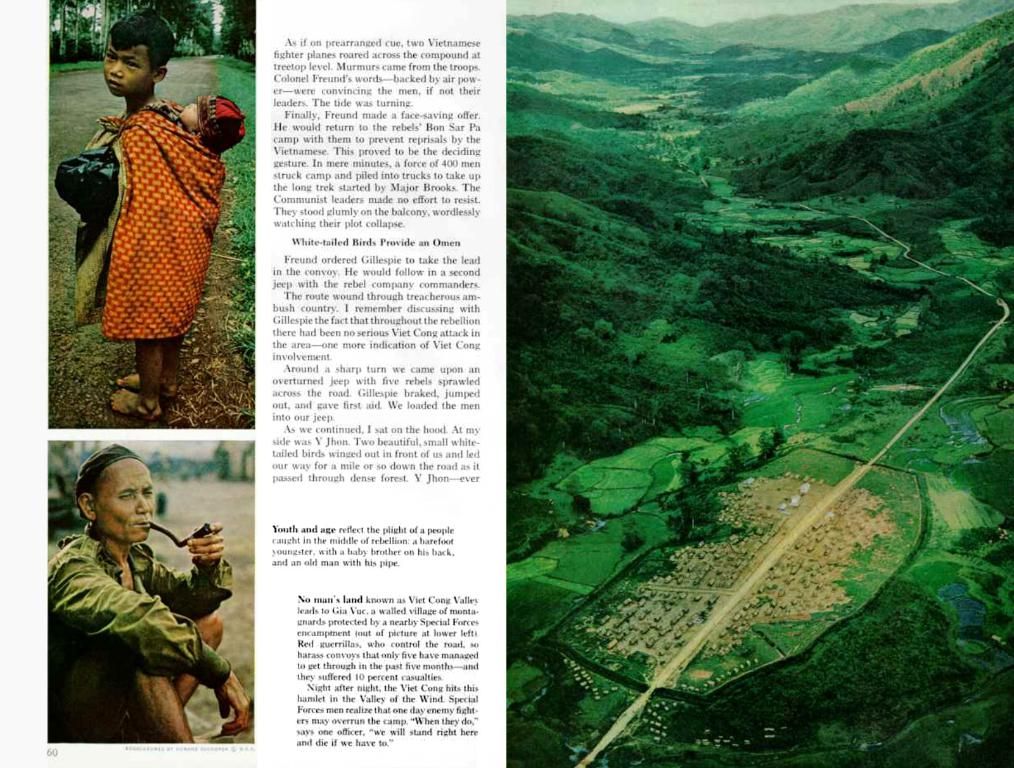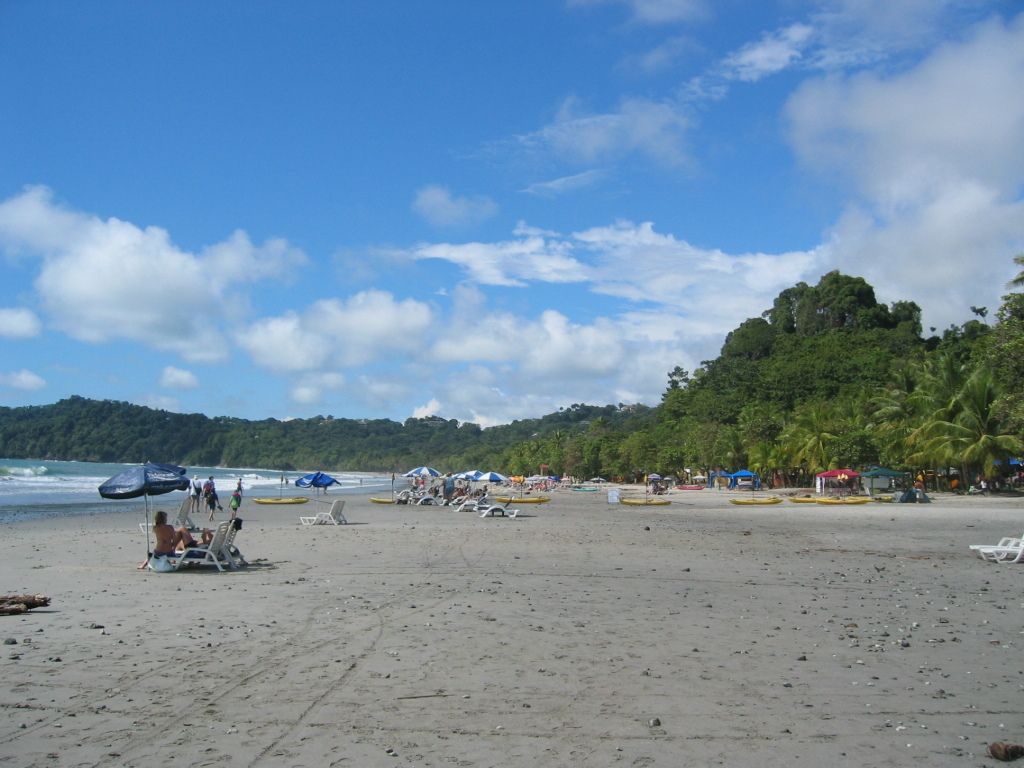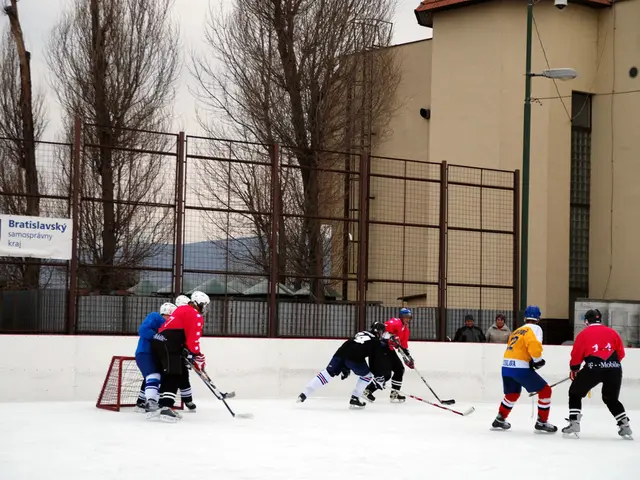The Rhine, after experiencing a flood caused by heavy rain and thawing, is once again seeing its water levels decrease. According to the Rhineland-Palatinate State Office for the Environment's Flood Forecasting Center, the water levels on the Upper and Middle Rhine dropped significantly at the end of the weekend, as mentioned on Sunday. The office expects the water levels to continue decreasing, reaching their lowest points by mid-next week.
In Mannheim and Mainz, the water levels are predicted to fall below the reporting level by Monday. This level is a reference point the State Office uses to make flood forecasts, and for Mannheim, it's 6.50 meters, while Mainz's level is 5.50 meters. At the Maxau gauge near Karlsruhe and Koblenz, the water levels have already dipped below the statistical two-year flood level.
Shipping traffic remains restricted on the Rhine due to these decreasing water levels. At Maxau and Speyer, the navigation high-water mark II was exceeded on Sunday, while flood level I is still in effect between Mannheim and Cologne. This restriction applies to ships, mandating a maximum speed of 20 kilometers per hour, and other relevant limitations.
The Rhine's water level fluctuations are expected to continue with mostly dry weather forecasted for the beginning of the new week. There might be light rain in Rhineland-Palatinate's north and Hesse on Tuesday, but overall, the dryness is a promising sign for the river's water levels.
Enrichment Data:
The shipping restrictions on the Rhine, caused by its dropping water levels following the recent flood, are influenced by various factors. These include historical navigation challenges, seasonal hydrological variations, the impact of global warming, and the uncertainty in long-term water level predictions. Structural improvements like canalization and dam construction have also played a role, bringing advantages in navigation but potentially affecting fish migration and river continuity, influencing overall ecosystem health and potentially ocean traffic in turn.








